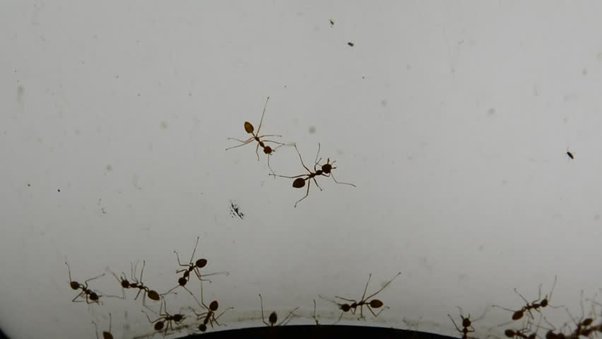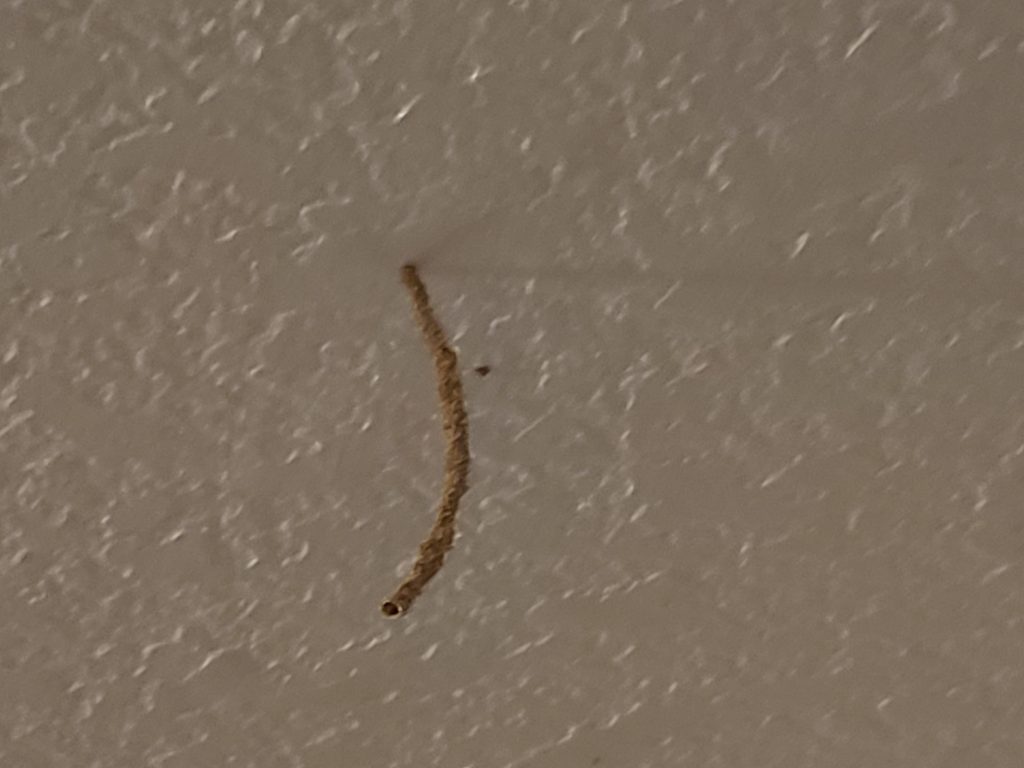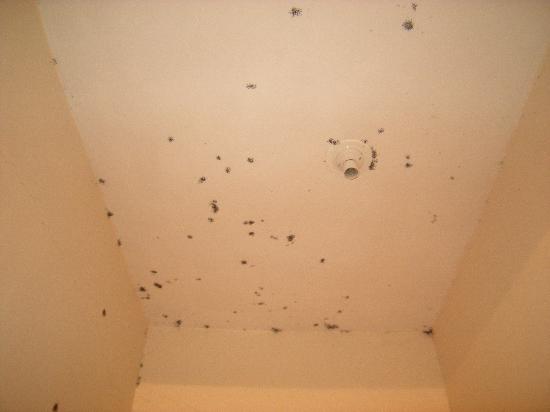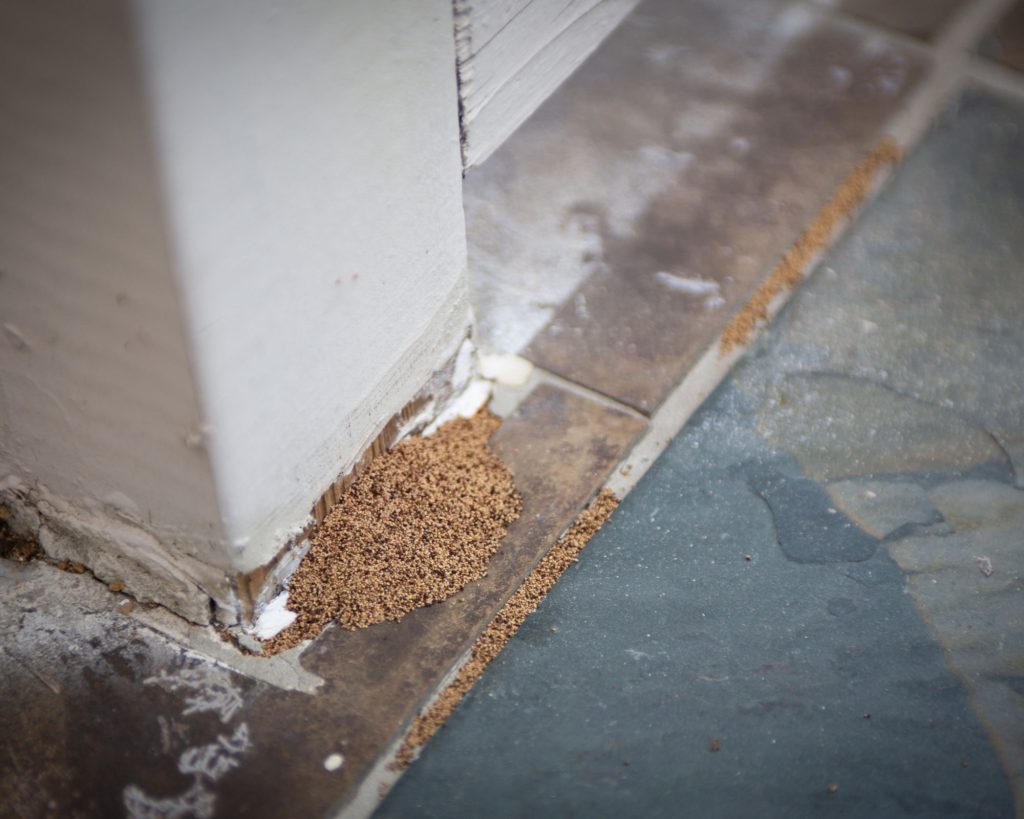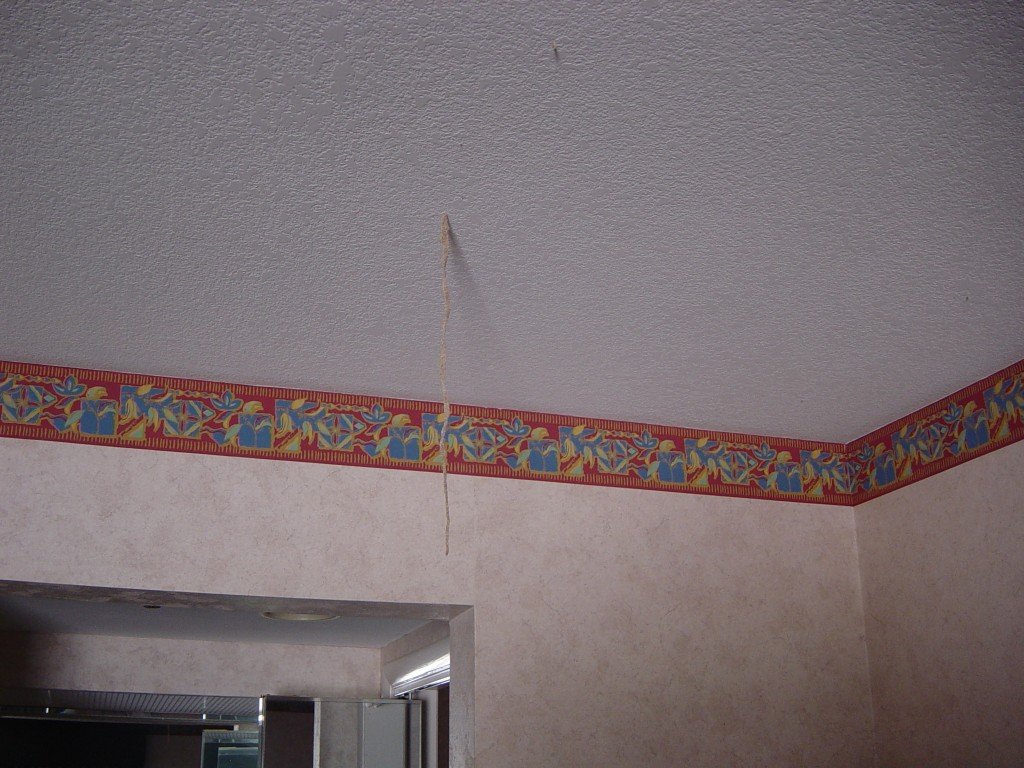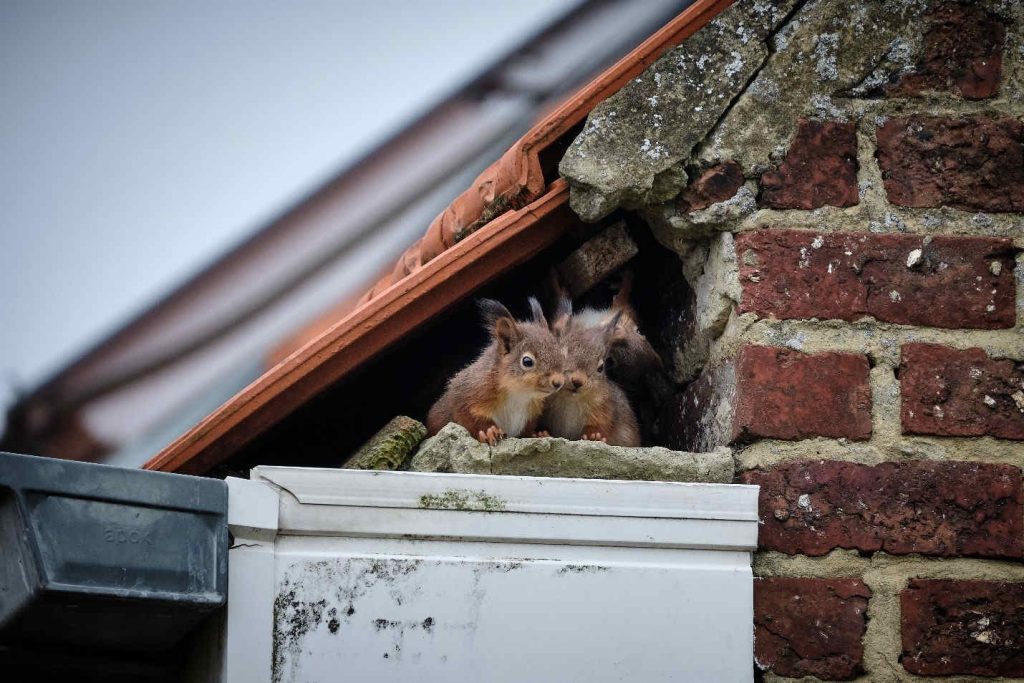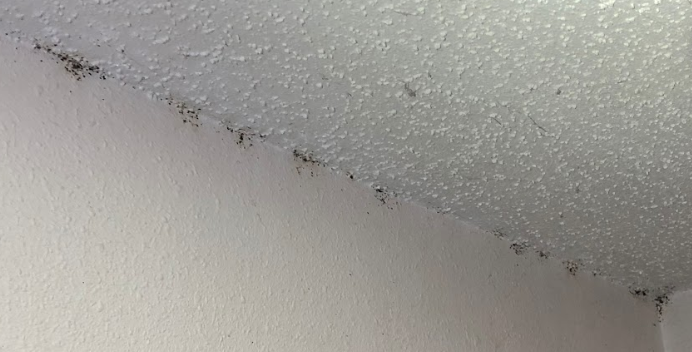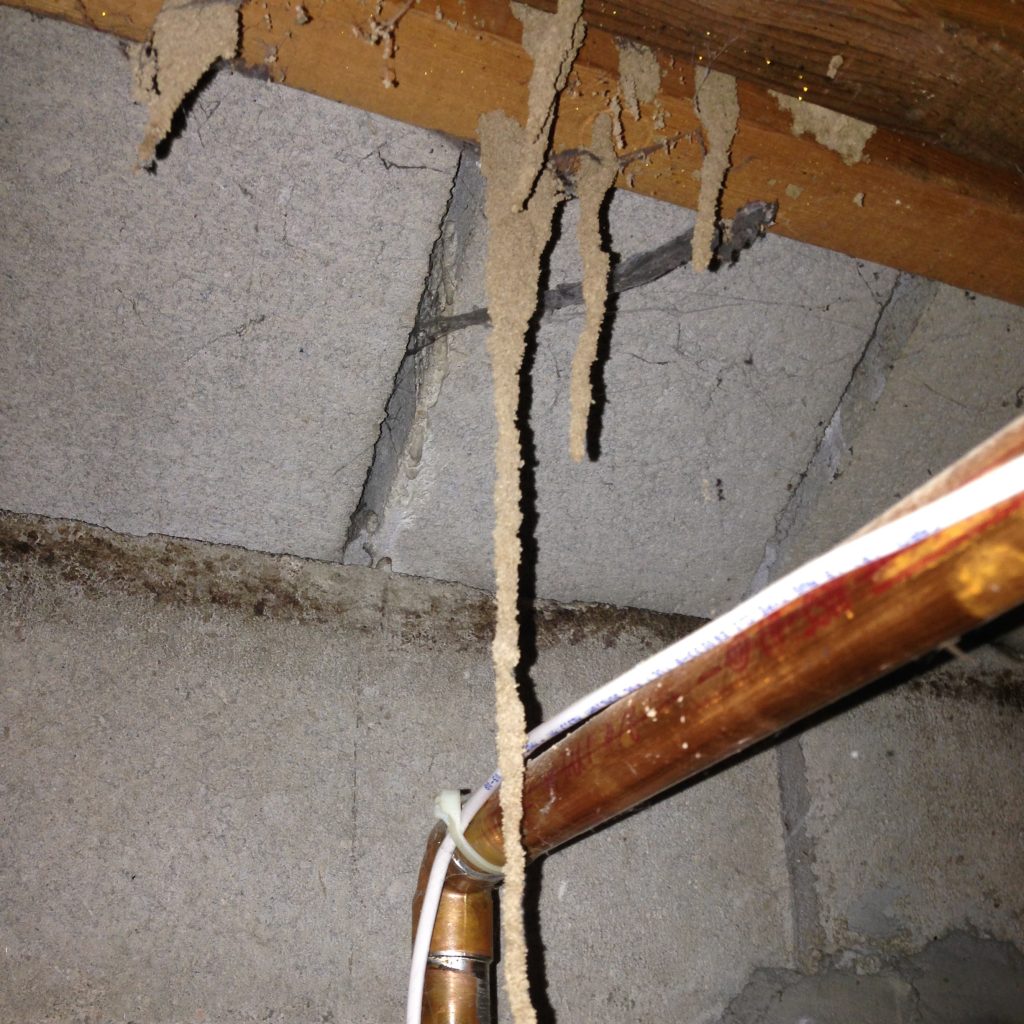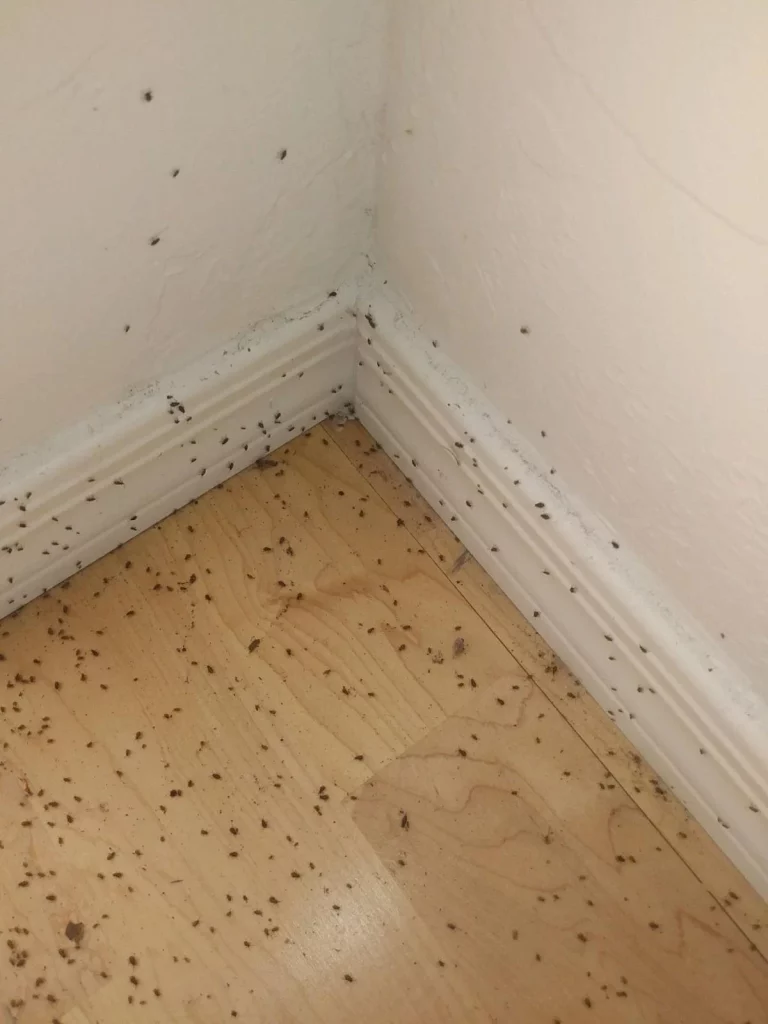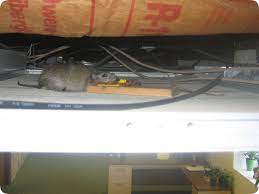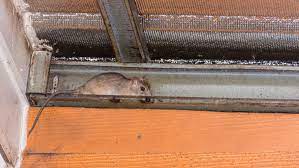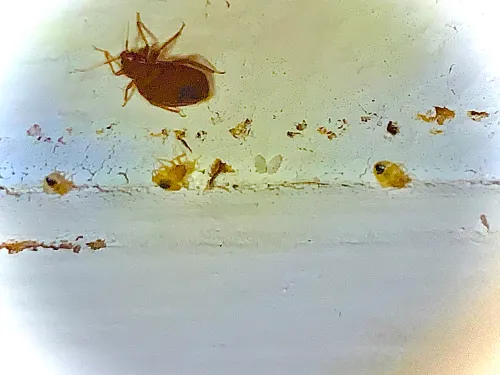Termites are notorious for their destructive tendencies, especially when they invade homes. One of the most alarming signs of a termite infestation is the appearance of termite tunnels hanging from ceiling spaces. These tunnels can cause significant damage to your home if not addressed promptly. In this article, we will explore what termite tunnels are, how they form, the implications of having them in your ceiling, and the steps you can take to manage and prevent these pesky pests.

What Are Termite Tunnels?
Termite tunnels, often referred to as “mud tubes,” are protective structures that termites build to navigate their environment and access food sources. These tubes are typically made from a mixture of soil, wood particles, and termite saliva. They serve as a safe passage for termites, allowing them to travel from their colony to their food source—often the wooden structures of your home.
Termite tunnels can appear in various locations within your home, but when they are hanging from the ceiling, it indicates that the infestation is likely significant and that the termites have established a well-formed pathway leading to their food source. This condition demands immediate attention to prevent extensive damage.
How Termite Tunnels Form
1. Establishment of a Colony
Termites usually begin their infestation in a home by establishing a colony in the soil, which can be located several feet away from the house. The queen termite lays eggs, and the colony begins to grow, with worker termites foraging for food.
2. Building Mud Tubes
Once the colony is established, worker termites construct mud tubes to protect themselves from predators and desiccation while they search for food. These tubes allow them to travel safely from the soil to the wood within your home. The material used to build these tunnels—soil, wood particles, and saliva—creates a sturdy structure that can often go unnoticed until it becomes substantial.
3. Traveling to the Food Source
Termites prefer to feed on cellulose, which is abundant in wood, paper, and other plant materials. When they locate a suitable food source within your home, they use the mud tubes to travel to and from the colony, leading to the appearance of termite tunnels hanging from ceiling spaces.
Signs of Termite Infestation
Detecting a termite infestation early can save you from extensive damage and costly repairs. Here are some common signs to look for:
1. Mud Tubes
As mentioned earlier, mud tubes are one of the most apparent signs of a termite infestation. If you notice tunnels hanging from your ceiling or along walls, it’s time to investigate further.
2. Wood Damage
Inspect wooden structures for signs of damage. Termites eat wood from the inside out, leaving a thin veneer of wood on the surface. If you tap on the wood and it sounds hollow or crumbles easily, this is a strong indicator of termite activity.
Read too: Discovering the Charm of Nautical Outdoor Ceiling Fans for Your Coastal Retreat: Sail into Style
3. Swarmers
During mating season, some termites will leave the colony as swarmers (winged termites) to find a new colony site. If you see these insects inside your home, especially in spring or early summer, it’s a sign of a potential infestation.
4. Frass
Frass is the term used for termite droppings, which resemble sawdust or tiny pellets. If you find frass near wooden structures, it indicates that termites are actively feeding in the area.
The Implications of Termite Tunnels Hanging From Ceiling
1. Structural Damage
One of the most severe implications of having termite tunnels hanging from ceiling spaces is the risk of structural damage. Termites can compromise the integrity of beams, joists, and other structural components, leading to potential collapse if left untreated.
2. Financial Burden
Repairing termite damage can be costly, often requiring extensive renovations and replacements. Additionally, the presence of termite tunnels can decrease the overall value of your property, making it difficult to sell.
3. Health Concerns
While termites do not pose direct health risks to humans, their activity can lead to mold and mildew growth in the wood and drywall they damage. This can affect indoor air quality and lead to health issues, particularly for individuals with respiratory problems.
How to Manage Termite Tunnels
If you discover termite tunnels hanging from your ceiling, it’s crucial to act swiftly. Here are some steps to manage the situation effectively:
1. Conduct a Thorough Inspection
If you suspect a termite infestation, start by inspecting your home thoroughly. Look for mud tubes, damaged wood, and other signs of termite activity. Pay close attention to ceilings, attics, and basements, as these areas are often overlooked.
2. Identify the Type of Termites
Understanding the type of termites infesting your home can help determine the best course of action. The two main types of termites that infest homes are:
- Subterranean Termites: These termites live in the soil and create mud tubes to reach their food sources. They are the most common type of termite found in homes.
- Drywood Termites: These termites do not require contact with the soil and can infest dry wood. They often create tunnels within the wood itself, leading to different signs of damage.
3. Call a Pest Control Professional
Once you’ve identified a potential infestation, it’s essential to call a pest control professional. They can provide a thorough assessment and implement effective treatment methods. Treatments may include:
- Liquid Termiticides: These are applied to the soil around your home to create a barrier that prevents termites from entering.
- Baiting Systems: Baiting systems are placed around the property to attract and eliminate termites.
- Fumigation: For severe infestations, fumigation may be necessary, especially for drywood termites.
4. Implement Preventative Measures
After treating the infestation, it’s essential to take preventative measures to protect your home from future infestations. Here are some strategies:
- Eliminate Moisture: Termites thrive in moist environments, so fix leaks and ensure proper drainage around your home.
- Seal Entry Points: Inspect your home for cracks and crevices where termites can enter. Seal any openings with caulk or other materials.
- Store Firewood Properly: Keep firewood stored at least 20 feet away from your home and elevate it off the ground to deter termites.
- Regular Inspections: Schedule regular inspections by pest control professionals to catch any signs of termite activity early.
DIY Solutions for Minor Infestations
If you suspect a minor infestation or want to take preliminary measures before contacting a professional, consider the following DIY solutions:
1. Boric Acid
Boric acid is a natural insecticide that can be effective against termites. Mix it with sugar and water to create a bait that attracts termites. Place the bait in areas where you suspect activity. Be cautious and follow safety guidelines when using chemicals.
2. Diatomaceous Earth
Diatomaceous earth is a natural powder made from fossilized algae. It can be sprinkled in areas where you notice termite activity. The tiny particles damage the exoskeletons of insects, leading to dehydration.
3. Cardboard Traps
Cardboard traps can be used to attract termites. Place damp cardboard in areas where you suspect termite activity. Check regularly, and if you find termites, dispose of the cardboard promptly.
The Importance of Early Detection
The key to managing termite infestations is early detection. The longer you wait to address the issue, the more extensive the damage can become. Regular home inspections, especially in areas prone to infestations, can help you catch these pests before they wreak havoc.
Conclusion
Termite tunnels hanging from ceiling spaces can be a distressing sign of a termite infestation in your home. Understanding the formation of these tunnels, recognizing the signs of infestation, and taking prompt action are essential to protecting your property. By staying vigilant and implementing preventative measures, you can safeguard your home from these destructive pests. If you suspect an infestation, don’t hesitate to contact a pest control professional to ensure your home remains safe and termite-free.
